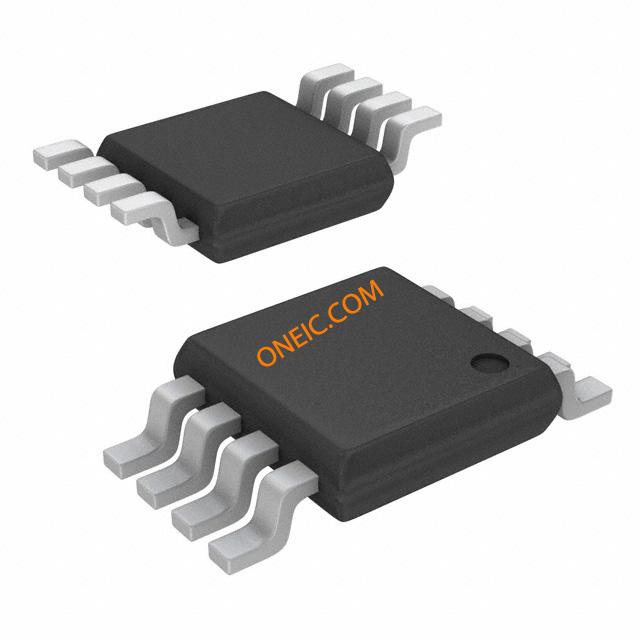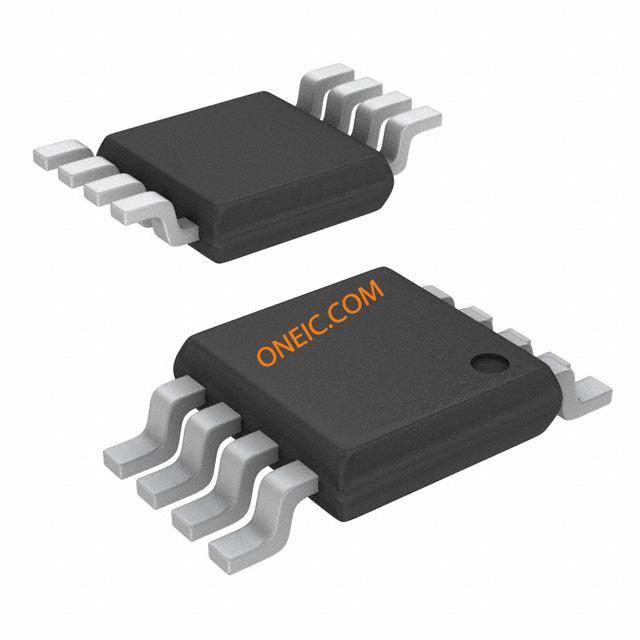DS1341U
Low-power real-time clock ICs with I2C interface and calendar functions
Manufacturer: ['Maxim', 'maxim']
series introduction
# DS1341U Product Series Introduction
## 1. Overview
The DS1341U product series is a remarkable line of real - time clock (RTC) modules developed by Maxim Integrated. These RTCs are designed to provide highly accurate timekeeping and calendar functions in a wide range of applications, from consumer electronics to industrial systems. With their advanced features and reliable performance, the DS1341U series has become a popular choice among engineers and designers.
## 2. Key Features
### 2.1 High - Accuracy Timekeeping
- The DS1341U series utilizes a precision oscillator and advanced timekeeping algorithms to ensure accurate timekeeping. It can maintain time with an accuracy of up to a few parts per million (ppm), which is crucial for applications that require precise time synchronization, such as networked systems, data logging devices, and financial transaction systems.
- The RTC has a built - in temperature compensation mechanism. This helps to minimize the effects of temperature variations on the oscillator's frequency, ensuring stable timekeeping across a wide temperature range. For example, it can operate accurately in environments ranging from - 40°C to + 85°C, making it suitable for both indoor and outdoor applications.
### 2.2 Calendar Functions
- In addition to basic timekeeping, the DS1341U series provides a comprehensive calendar function. It can keep track of the day, month, year, hour, minute, and second, as well as support leap - year compensation. This makes it easy to implement applications that require date - and time - stamped data, such as event logging, scheduling, and historical data analysis.
- The RTC also has the ability to set alarms based on specific time and date criteria. Users can program the device to generate an interrupt signal at a pre - determined time or date, which can be used to trigger other actions in the system, such as waking up a microcontroller from a low - power state or initiating a data transfer.
### 2.3 Low - Power Operation
- Power consumption is a critical factor in many applications, especially those powered by batteries or energy - harvesting sources. The DS1341U series is designed with low - power operation in mind. It has a very low standby current, typically in the microampere range, which helps to extend the battery life of the device.
- The RTC can operate in different power - saving modes, such as a low - frequency mode or a sleep mode. In these modes, the device consumes even less power while still maintaining accurate timekeeping. This makes it ideal for portable devices, wireless sensors, and other battery - powered applications.
### 2.4 Serial Interface
- The DS1341U series features a standard I²C serial interface. This interface is widely used in embedded systems and provides a simple and efficient way to communicate with the RTC. It allows for easy integration with microcontrollers, microprocessors, and other digital devices.
- The I²C interface supports multiple slave addresses, which means that multiple DS1341U devices can be connected to the same I²C bus. This enables designers to implement systems with multiple RTCs, for example, in a distributed system where different nodes require independent timekeeping.
### 2.5 Non - Volatile Memory
- The DS1341U series includes non - volatile memory (NVM) for storing user - defined data. This memory can be used to store configuration settings, calibration data, or other important information that needs to be retained even when the power is removed.
- The NVM has a high endurance, which means that it can withstand a large number of write cycles without degradation. This makes it suitable for applications where frequent updates to the stored data are required.
## 3. Applications
### 3.1 Consumer Electronics
Images for reference

8-MSOP

8-TSSOP 8-MSOP

8-MSOP